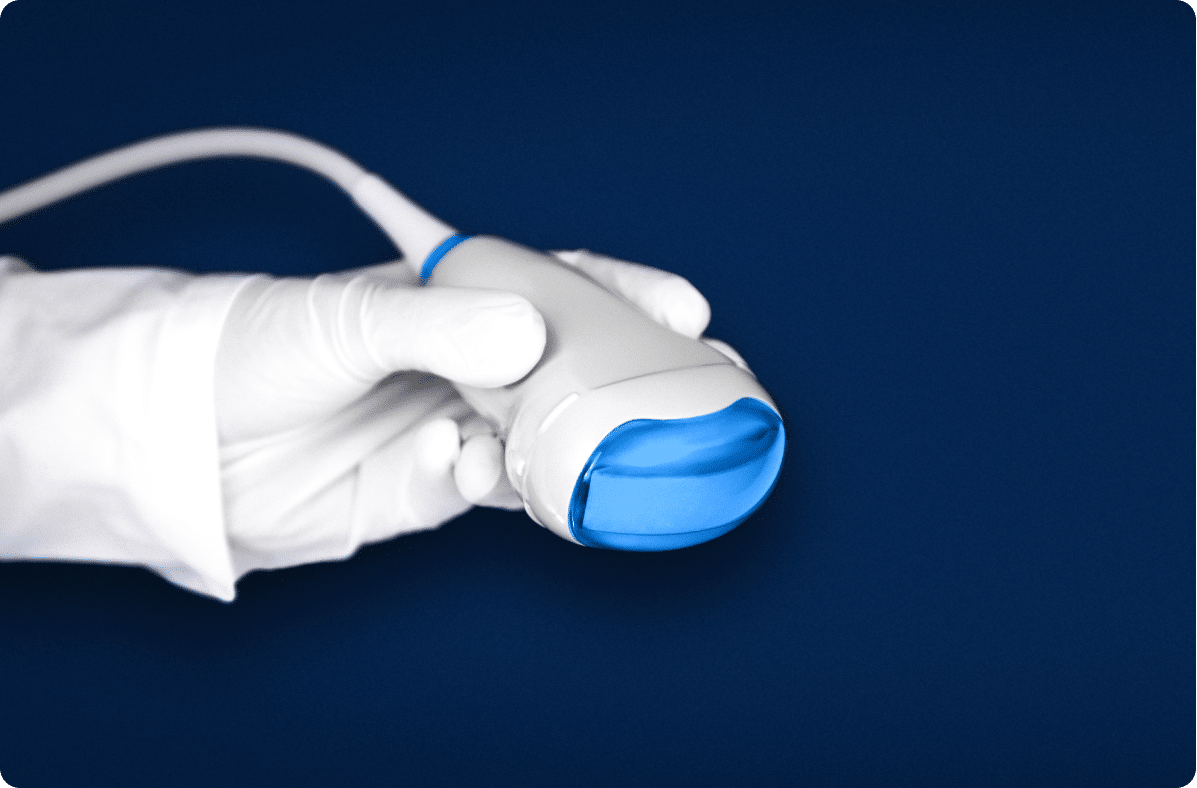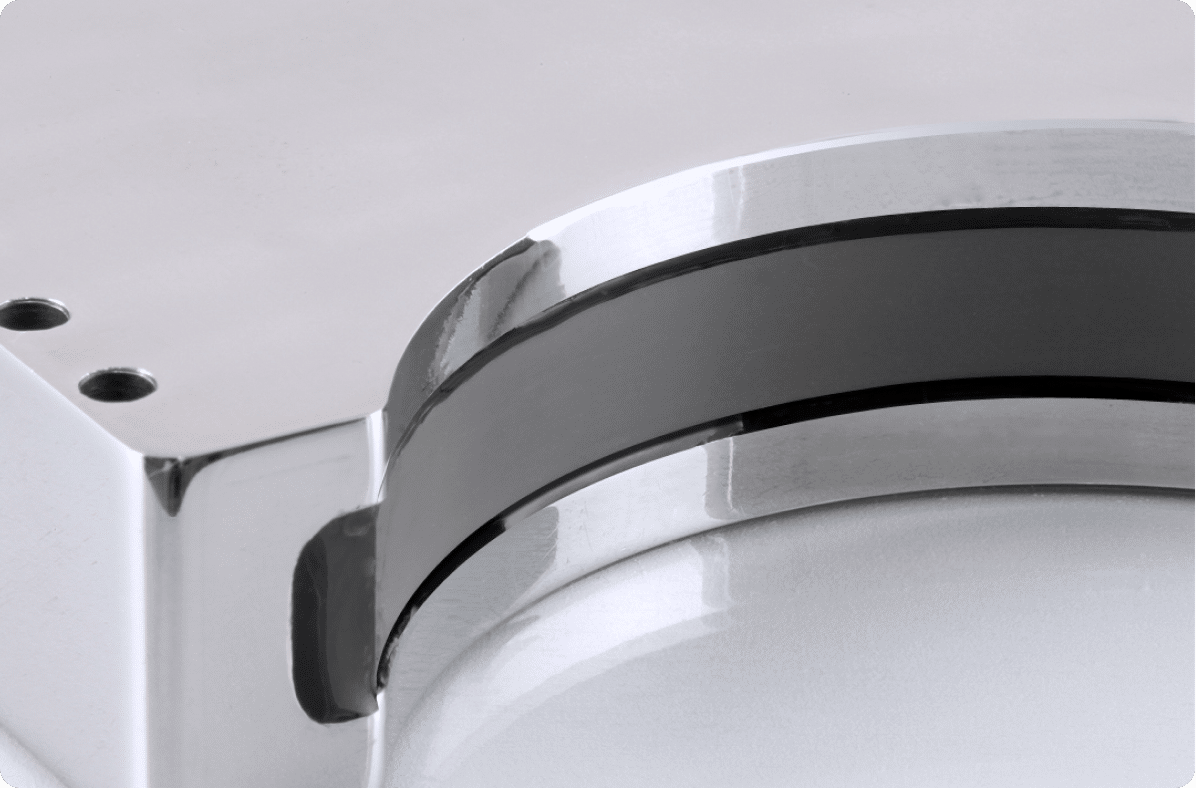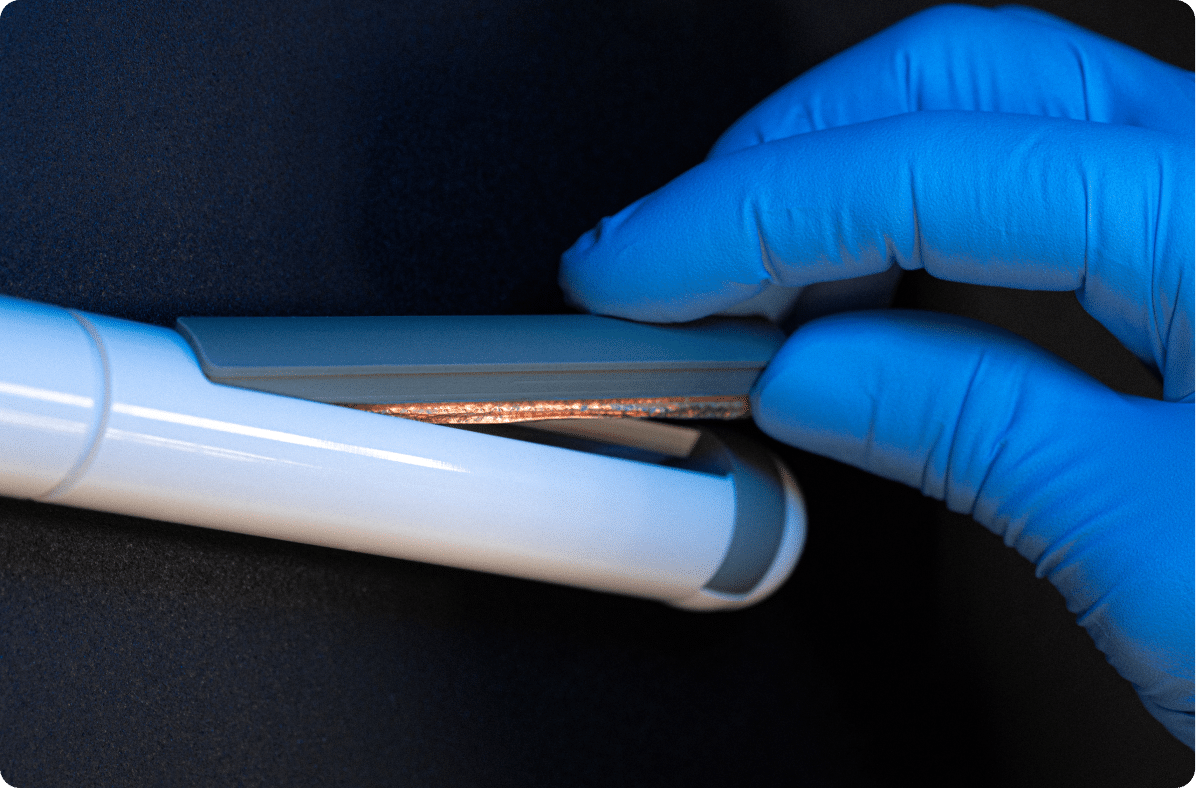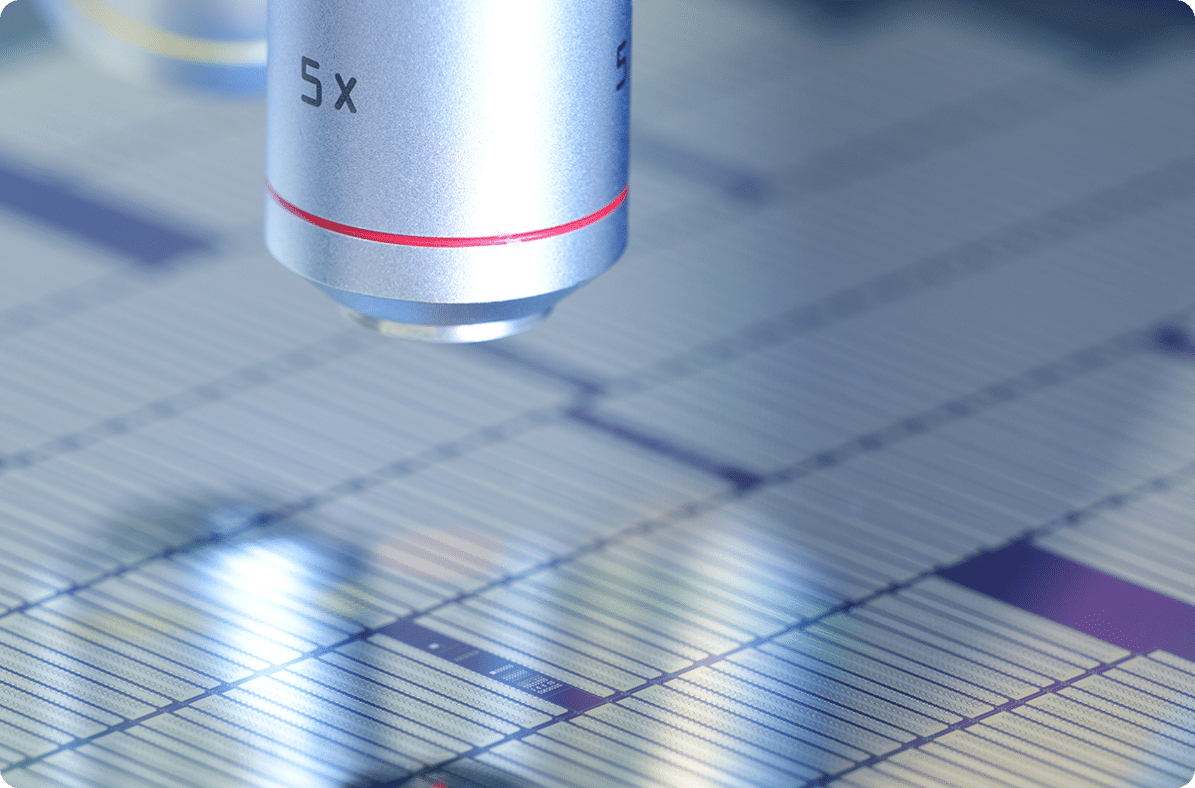Surgery & Interventional
Ultrasound guidance enhances interventional procedures by offering several advantages. Its accuracy, and maneuverability allow a single practitioner to wield the probe with one hand while manipulating the appropriate surgical tool with the other.
For instance, ultrasound serves as a real-time needle guide for biopsies of solid lesions or tissues, enabling histological analysis across critical areas such as the thyroid, breast, liver, kidneys, prostate, and beyond.
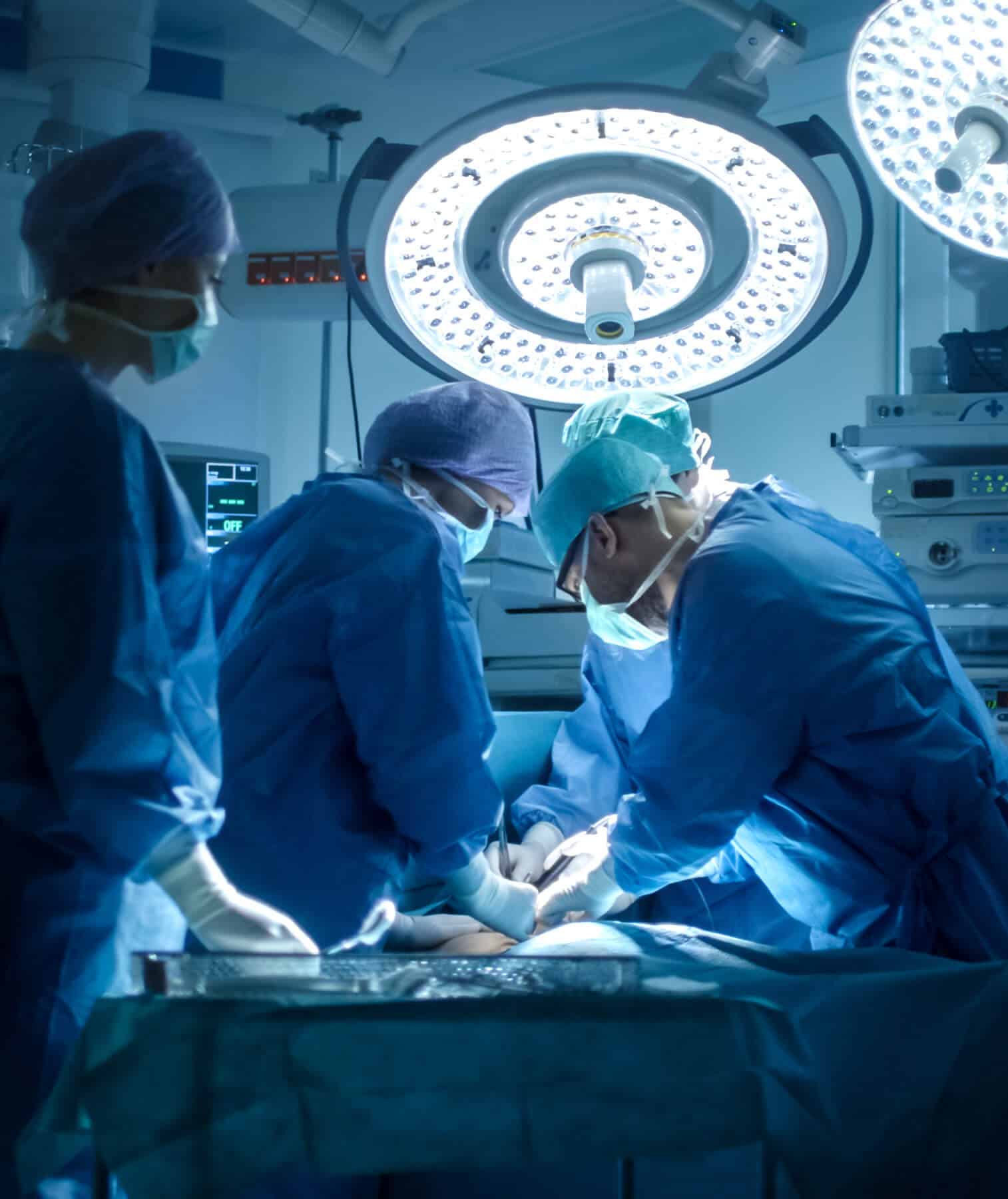
Laparoscope
Laparoscopy is a type of keyhole surgery, employing a guiding ultrasound probe of around 8.0 MHz. This surgical technique grants surgeons access to the abdominopelvic cavity through minimally invasive incisions to diagnose and treat conditions.
This approach is distinguished by several advantages over traditional open surgery, including shorter hospital stays, quicker recovery periods, and reduced post-operative pain, bleeding, and scarring, ultimately benefiting patients..
The procedure utilizes high-resolution imaging to ensure clear real-time visualization of anatomical structures, with a 4-way flexible tip probe that facilitates optimal organ contact and accessibility to challenging areas.
1
Laparoscope
Recommanded probes :
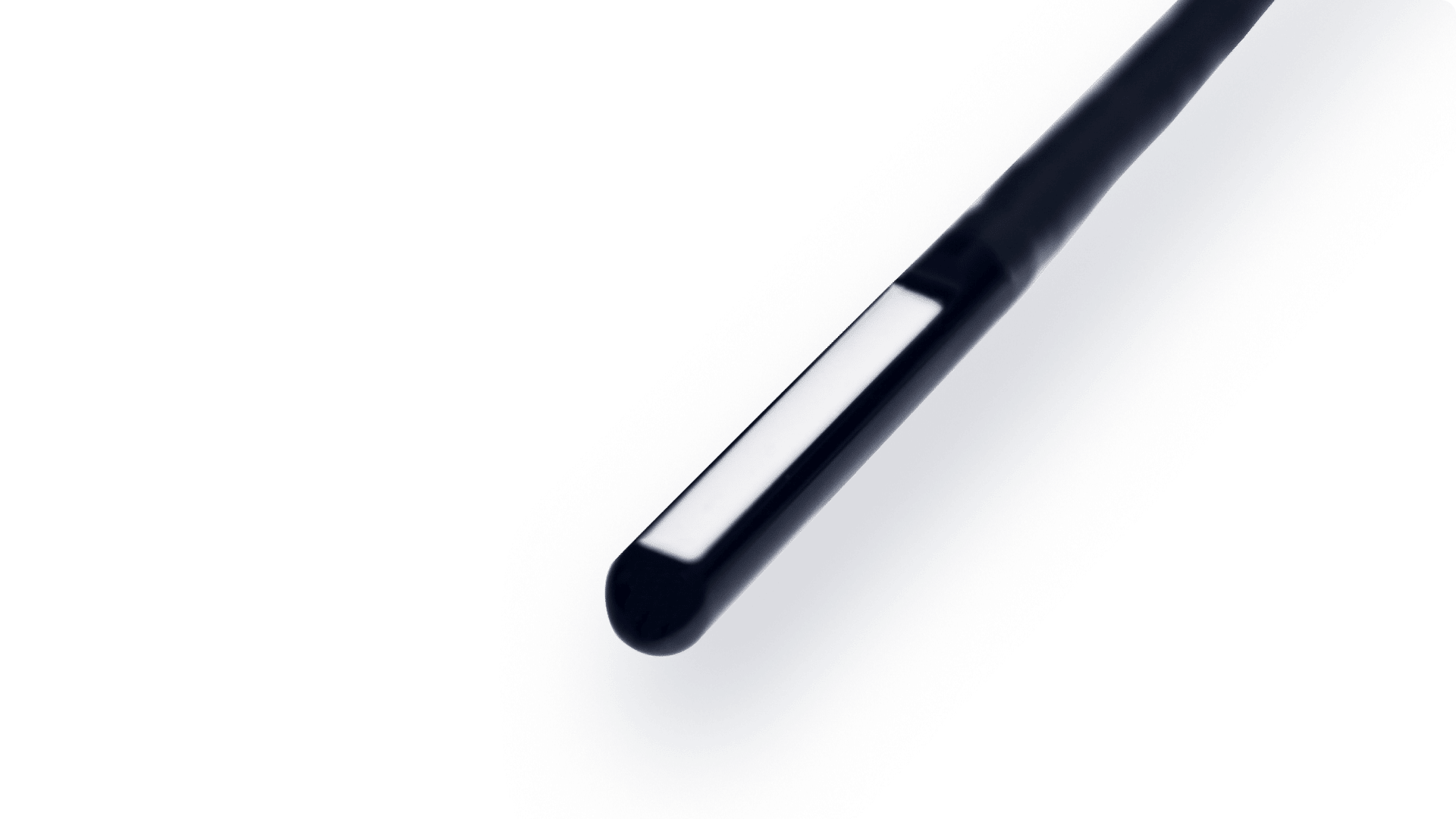
Linear Array Laparoscopic Probe – 7.5MHz – 192 elts
LA 7.5/192-LAP
-
Center Frequency 7.0
-
Number elements 192
-
Pitch 0.2
-
Radius curvature N/A
-
Transverse aperture 4
-
Focal Depth 20
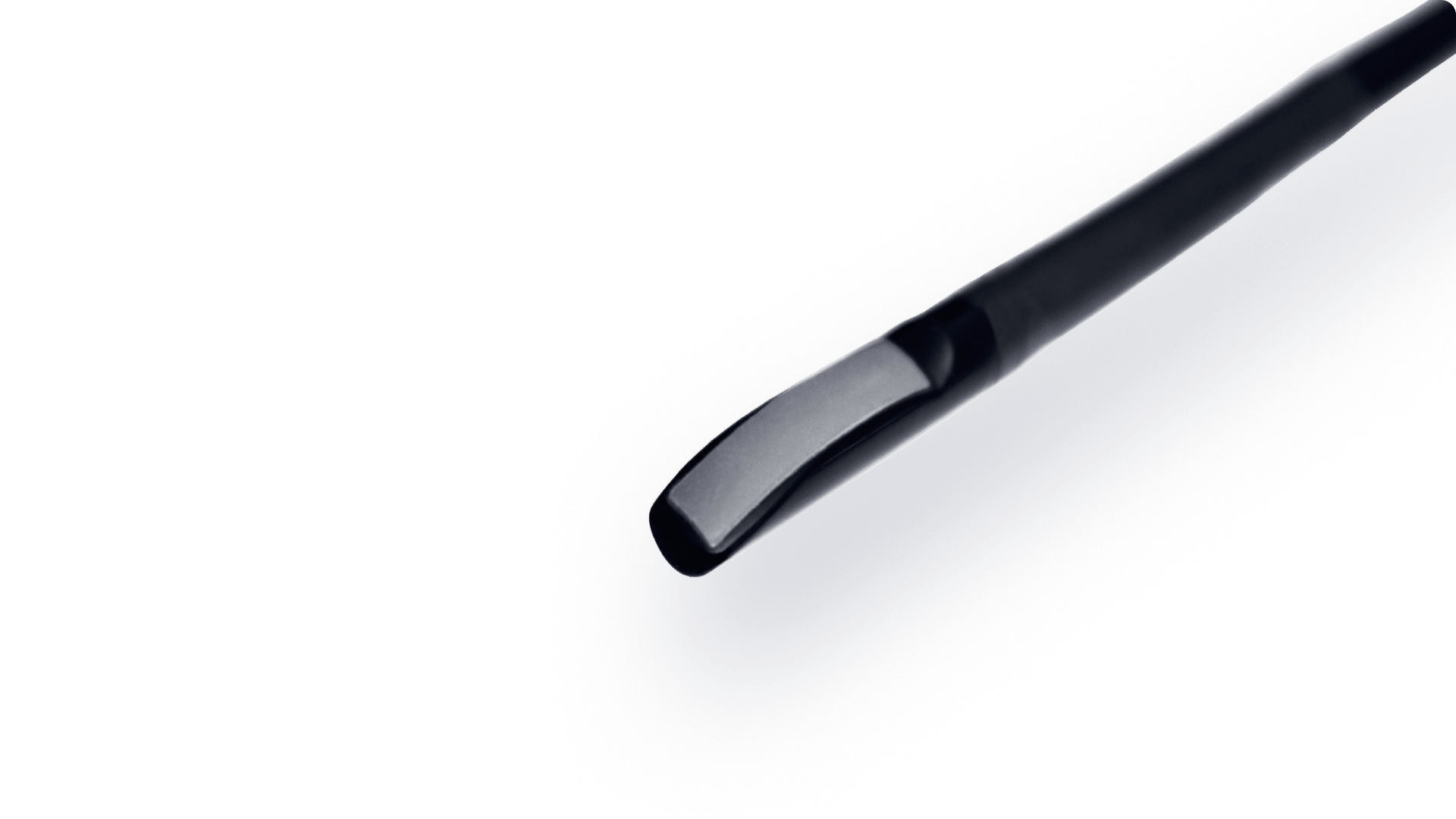
Curved Array Laparoscopic Probe – 8.5MHz – 128 elts
CLA 8.5/R50/128-LAP
-
Center Frequency 8.5
-
Number elements 128
-
Pitch 0.213
-
Radius curvature 50
-
Transverse aperture 5
-
Focal Depth 25
Intraoperative & Hockey-Stick
Designed for optimal contact and ergonomic handling, specialized shaped probes ensure precise examination during surgical procedures involving the pancreas, liver, and kidney.
Intraoperative and Hockey-Stick probes offer a wide near-field view and optimal contact, crucial for detailed anatomical visualization in both transverse and sagittal planes.
Unique access to complex organs and challenging anatomical areas, including robotic-assisted surgeries, enhancing efficiency during kidney navigation.
2
Intraoperative & Hockey-Stick
Recommanded probes :
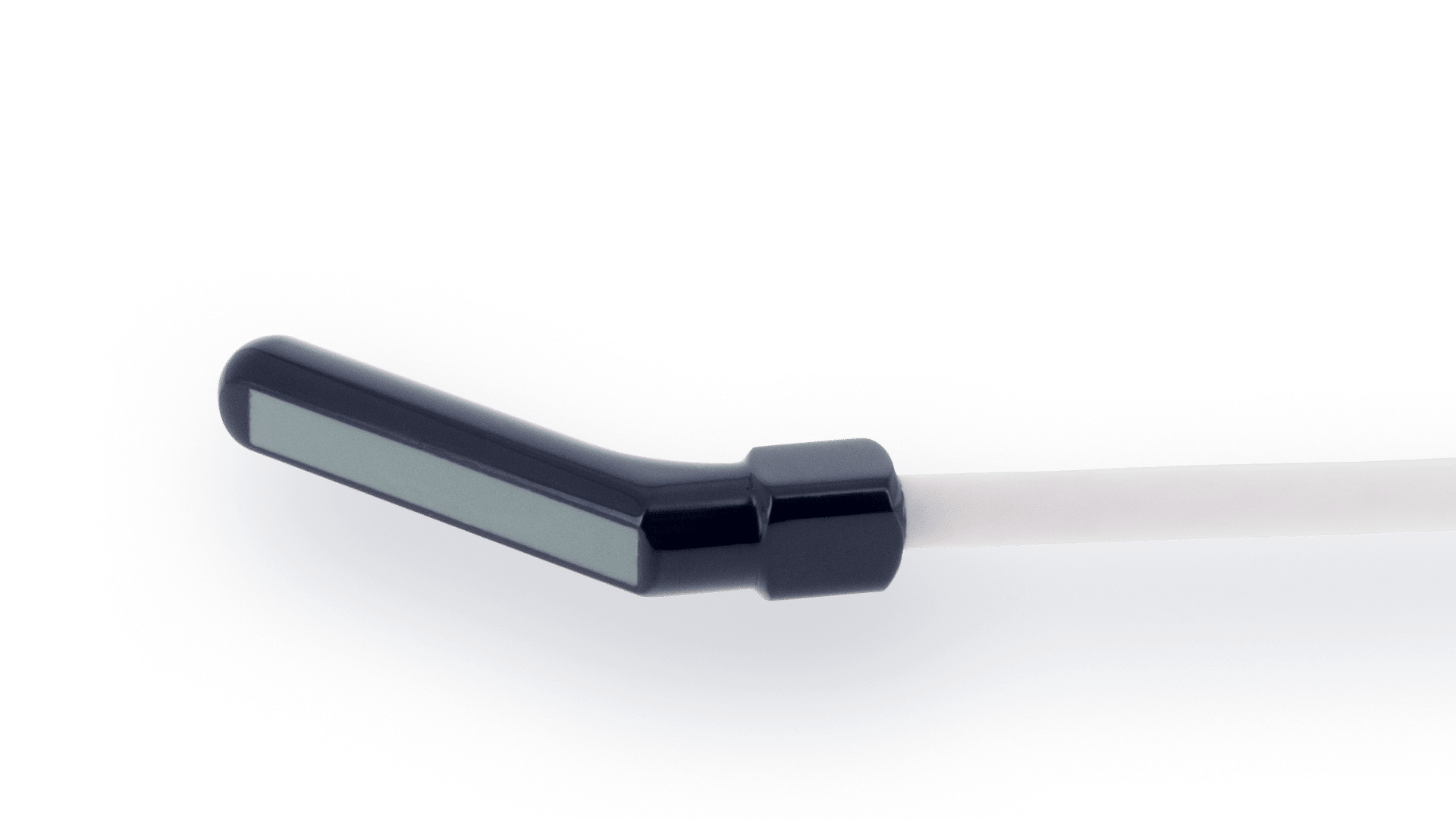
Intraoperative Linear Array – 7.5MHz – 128 elts
LA 7.5/128-IO-Housing I@45°
-
Center Frequency 7.5
-
Number elements 128
-
Pitch 0.27
-
Radius curvature N/A
-
Transverse aperture 4
-
Focal Depth 20
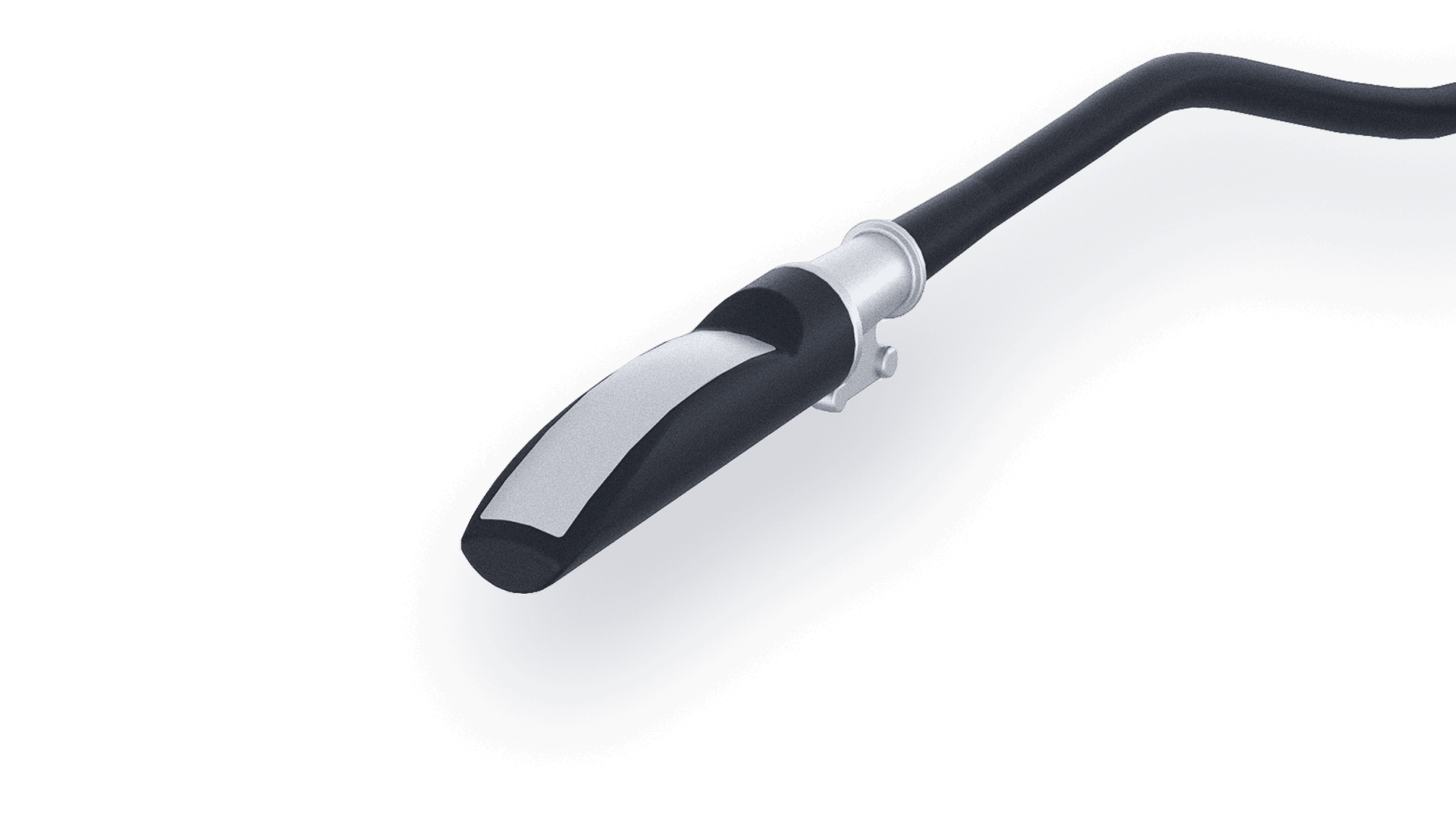
Intraoperative Curved Array – 8.0MHz – 128 elts
CLA 8.0/R50/128-IO
-
Center Frequency 8.0
-
Number elements 128
-
Pitch 0.213
-
Radius curvature 50
-
Transverse aperture 5
-
Focal Depth 25

